Perforated Acoustic Wood Panels
- Jump to Section:
- Overview
- Product Video
- Benefits
-
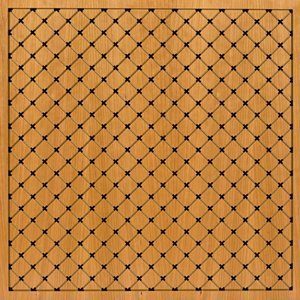
EccoTone Grid Diamond
Learn MoreRequest a Quote -
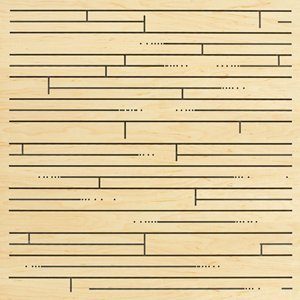
EccoTone Hardwood
Learn MoreRequest a Quote -
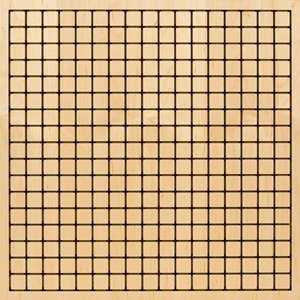
EccoTone Grid
Learn MoreRequest a Quote -
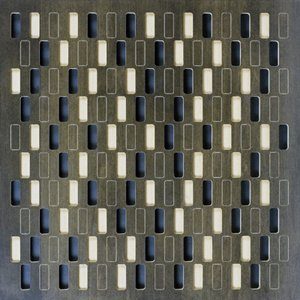
EccoTone Highrise
Learn MoreRequest a Quote -
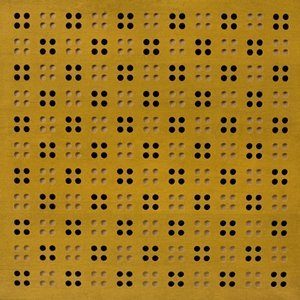
EccoTone Iota
Learn MoreRequest a Quote -
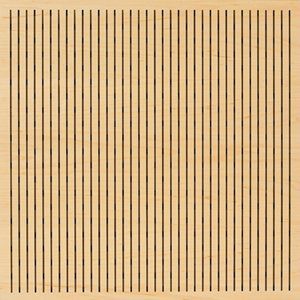
EccoTone Linear 133
Learn MoreRequest a Quote -
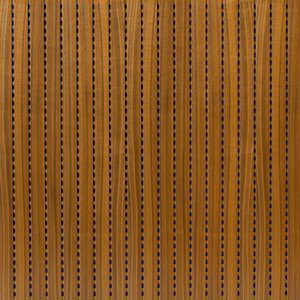
EccoTone Linear 284
Learn MoreRequest a Quote -
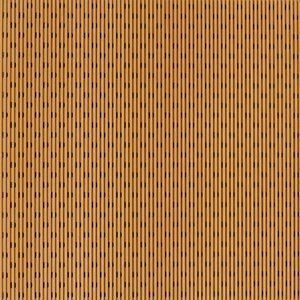
EccoTone Linear 53
Learn MoreRequest a Quote -
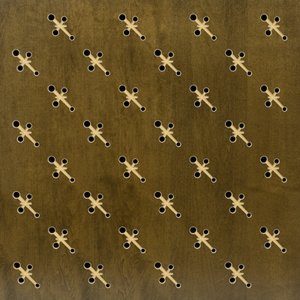
EccoTone Novelty
Learn MoreRequest a Quote -
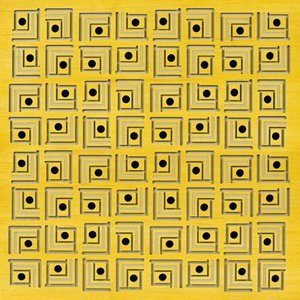
EccoTone Pagoda
Learn MoreRequest a Quote -
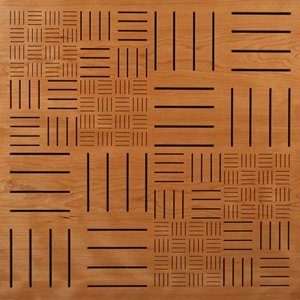
EccoTone Parquet
Learn MoreRequest a Quote -
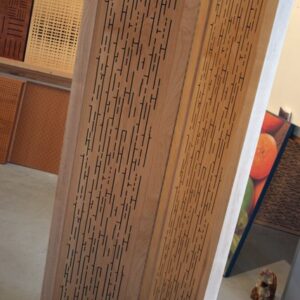
EccoTone Partition
Learn MoreRequest a Quote -
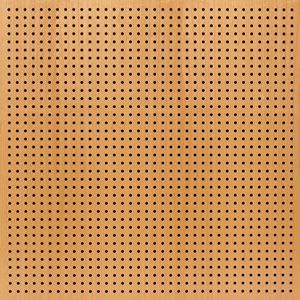
EccoTone Perforated 6
Learn MoreRequest a Quote -
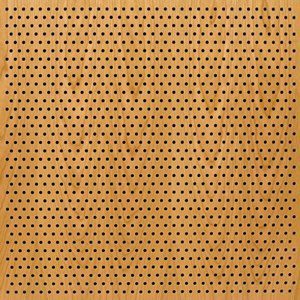
EccoTone Perforated 6 Staggered
Learn MoreRequest a Quote -
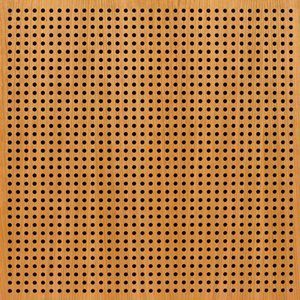
EccoTone Perforated 8
Learn MoreRequest a Quote -
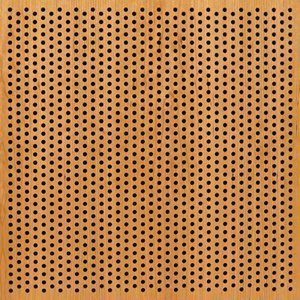
EccoTone Perforated 8 Staggered
Learn MoreRequest a Quote
What Are Perforated Acoustic Wood Panels?
Perforated wood acoustic wall panels are designed to reduce noise levels projected by speakers, musicians, and other sound events. Perforated wood panels also decrease sound reverberation within a building so the sound does not disturb adjoining rooms in the same building.
Perforated acoustic wood panels are not completely “perforated” but instead have tiny dents in them to absorb and centralize sound waves. In addition, these specialized panels may be suspended from ceilings to further reduce noise levels and echoing.
Perforated Wood Acoustic Panels
The right soundproofing and sound absorption can be critical to the success of your business. It’s tempting to think soundproofing is only required in situations where sound control is a must, such as in a recording studio, or where the surrounding sound is prohibitively loud, like an apartment above a nightclub.
However, the fact is improving the acoustics of your business can make a huge difference in your success. Offices and businesses that have strong acoustics, often through the use of some soundproofing material like wooden acoustic panels, bring a level of sophistication that other businesses do not share. Those visiting your office, business or patronizing your store may not even realize it, but there’s something peaceful and confidence-bolstering about being in a space with good acoustics, and that may reflect in how your customers or clients respond to you.
But why acoustic wood? Conventional materials aren’t always as attractive as we would like, or at least, their look may not be appropriate for certain businesses or spaces. Wood acoustic panels never look out of place. Like the idea of improved acoustics itself, attractive wood panels in an office or business bring an added sense of style and grace to the surroundings.
Keep in mind these are not necessarily just pure, blank wooden acoustic panels, either. We can provide you with custom patterns and designs to your specifications, so your wood acoustic panel soundproofing efforts match your existing décor or enhance it in a way you previously may not have considered. Whether you opt for wall wood acoustic panels, ceiling panels, suspended baffles or some combination of these, wood acoustic panels can elevate your business or office on a variety of levels.
Benefits of Soundproof Wood Panels
Available in a variety of sizes, veneers, finishes and patterns, EccoTone™ acoustic wood panels enhance the style and ambience of any area with style, elegance and sophistication. These versatile wood acoustic panels can even be customized with your project pattern. Just give us your idea for a pattern and our design team will create a stunning pattern for placement on your acoustic wood panels.
Made in South Central Pennsylvania by master woodworkers using only sustainable, USA materials, EccoTone™ panels have a Class A Flammability rating and can be ceiling- or wall-mounted or suspending from ceilings as a baffle or cloud.

Not only are these wood acoustic panels décor-friendly, but they also:
- Quiet noisy spaces by absorbing and diffusing all types of sounds
- Add intimacy and privacy to your personal space
- Improve everyone’s ability to understand what individuals are saying in areas susceptible to reverberation and echo
- Improve listening and recording quality in studios and when using your home entertainment system
- Provide warm yet clear and friendly sounds since wood is a natural diffuser of sound waves
- Allow you to match most décors by selecting color, stain or finish
Places where acoustic wood panels significantly boost sound quality and reduce reverberation include:
- Banquet halls
- Sprawling restaurants
- Churches
- Schools, lecture halls and classrooms
- Auditoriums
- Recording studios
- Venue/entertainment facilities
- Home theater systems
- Office buildings
- Conference rooms
- Museums
- TV and radio studios
Want to Learn More About Acoustic Wood Panels? Give Us a Call Today!
Soundproof Cow is so confident you’ll love our products that we offer a 100% customer satisfaction guarantee, or we’ll bend over backward to do everything possible to make it right. We’ll even do 10 backflips in a row if necessary. But we hope it isn’t necessary.
Call Soundproof Cow today and discover the true beauty of sound enhancement or soundproofing — the choice is yours: 1-866-949-9269.
Frequently Asked Questions
How Do Perforated Acoustic Wood Panels Work?
Perforated acoustic panels absorb and diffuse sound so that the ideal frequencies travel evenly around a room. These panels achieve absorption and diffusion through two unique design elements — wooden facing and holes in the panel’s surface.
Acoustic wood panels capitalize on wood’s reflective properties to help sound spread around a room. However, these panels determine which frequencies are reflected and which stop at the panel.
The holes in perforated wood panels are there to welcome specific frequencies. Designers determine the position and size of the hole according to the frequencies they want the panels to absorb. When a sound wave enters the holes, only the frequencies with enough energy to make it out reflect around the room. The others convert into heat and dissipate inside the panel. As a result, perforated panels can limit harsh frequencies to improve overall sound quality.
What Are Perforated Acoustic Panels?
Perforated acoustic panels are wooden sheets that reflect some frequencies and absorb others. Designers manufacture these panels to hang on walls and ceilings because hard surfaces reflect sound with minimal discrimination.
A perforated wood panel can control which frequencies reflect around a room, essentially tuning it to taste. Each perforated acoustic panel features a unique design that absorbs specific frequencies and allows others to reflect. Some panels feature small holes, while others have slits or grooves.
As some of the most effective tools for controlling sound in a room, perforated wood panels are popular in concert halls, churches, auditoriums, home theaters, recording studios and beyond.
Are Wood Walls Good for Acoustics?
Wood allows sound energy to reflect and reverberate. As a result, wood is a fine starting point for a room in terms of acoustics. However, wood walls require treatment to tailor the room’s acoustic performance. Installing foam panels on wooden walls will minimize echoes and reverberations. Adding perforated wood panels will allow you to control the specific frequencies reflected by absorbing unwanted sound energy.
Does Wood Absorb Sound?
Our perforated wood acoustic panels offer a solution for reducing sound. The slots, holes and grooves in the wood provide excellent sound absorption. When panels fragment sound waves, air moves through the holes or grooves in the wood while disrupting the sound wave passage.
As a result, the perforated acoustic panels create better sound resonance. The wood absorbs the lower frequencies while reflecting the higher-frequency waves. This solution has the ideal effect when you want to reduce impact noise or echo.
An echo happens when sound waves reflect off a smooth, flat surface. The reflected waves can overlap the original soundwave, creating a ringing noise or the same effect a theater, lecture hall or church produces when sound bounces around. Sound waves reflect off the irregular curves of our sound-absorbing wood panels and scatter, removing the echo.
Our perforated wood acoustic wall panels’ absorption, diffusion and reflection abilities can improve music’s sound by removing unwanted effects. You can attach the wood panels to the ceiling or hang them for incredible results.
What Kind of Wood Is Used for Acoustic Panels?
Perforated acoustic panels may feature veneers like cherry, maple, oak, teak, walnut, or pine. These and other wood veneers can feature different finishes that complement your space, from deep browns to vibrant natural reds.
For instance, audience members during a meeting or conference need to hear the speaker clearly from any part of the room. Concert listeners want to hear instruments like guitars, violins and saxophones over top of powerful bass drums and crashing cymbals. Moviegoers want to hear the dialogue just as well as soaring spacecraft or massive explosions.
The desirable sounds described above share something in common — a spot in the middle of the frequency spectrum. Wood can help carry mid-range frequencies while reducing extreme highs and lows, making it a common acoustic panel material.
What Is the Difference Between Acoustic and Non-Acoustic Wood Panels?
The difference is in the name — acoustic wood panels possess acoustic properties while non-acoustic wood panels do not. The ideal acoustic wood panel absorbs some noise while allowing some to reflect throughout the room. It should also limit the amount of noise that travels from one room to the next.
An acoustic wood panel achieves sound absorption and soundproofing through its design and mass. Where standard wood panels are flat and reflective, acoustic wood panels have crevices or holes that give sound somewhere to enter. Other materials inside the panels absorb unwanted frequencies then allow desirable frequencies to escape back into the room. Check absorption off the list!
To check off soundproofing, an acoustic panel needs enough density to block noise. Acoustic wood panels are thicker and denser than non-acoustic wood panels, improving upon wood’s already prominent soundproofing prowess.

I have emailed a lot of different manufactures and I have to say your customer service is head and shoulders above all of them. I emailed your company at about 9pm my time and when I woke up the next morning you had already answered my question and then the follow up was a few hours later. I am impressed. Thanks a lot for the quick turn around!
- E. Gustafson- Site Credits
- Sitemap
- Privacy Policy
- Copyright © 2025. All Rights Reserved


